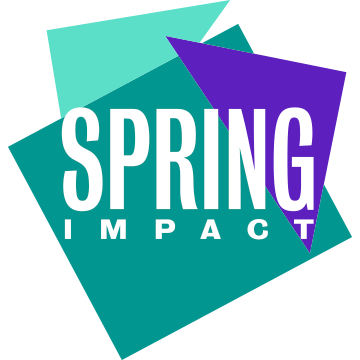I sit observing the adept business women of the Namayana Savings Group as their monthly meeting unfolds against the backdrop of the dusty dryland landscape. Gathered to manage the cash funds in their group lock box, women sitting in the circle hold in their hands their shillings – the tangible fruits of their enterprises. The group chair stands, and kicks off the meeting with a pop quiz: how much is in the box? This is a playful ritual built into every meeting. The secretary calls on those who have loans to repay, the group treasurer counts savings contributions, then the BOMA mentor conducts a training and inputs performance data into her tablet.
These 14 women representing 5 businesses from the neighbouring villages have met once a month for the past year and a half to do just this: deposit shares, give loans, take loans, and receive ongoing training on how to manage their enterprises.
The women contribute to the savings pool, which they can use in the face of shocks like drought, for business expansion, and for loans for basic needs such as healthcare or their children’s school fees. As we watch the women of the Namayana Savings Group conduct their monthly meeting, I am reminded of the adage that it’s not just what you do, it’s how you do it.
We are visiting one of The BOMA Project’s savings and loans groups in the arid lands of rural northern Kenya. Spring Impact and The BOMA Project (BOMA) have been working together for the past few months to develop the strategy and model to scale BOMA’s poverty graduation intervention – the Rural Entrepreneur Access Project (REAP) – to new geographies.
REAP helps women to build a pathway out of extreme poverty by addressing three related elements that contribute to the cycle of aid dependency in the Arid and Semi-Arid Lands (ASALs): low incomes, inconsistent cash flows, and inadequate financial services for the rural poor. Profits from each REAP business provide a new and diversified income, while BOMA savings associations help women to manage cash flow (for daily needs), plan for future expenses (such as school fees and medical care), and respond to shocks (such as drought or family emergencies). Meanwhile, interest-bearing loans offered by BOMA savings associations are often the first—and only—source of cash and credit in the community, serving as an informal village bank.
As part of Spring Impact’s process, we are in Kenya to observe the program in action; conduct interviews with staff, program participants, and other stakeholders; and gain an in depth firsthand understanding of operations and the model. Since 2009, BOMA has enrolled over 11,500 women, launched over 3,600 businesses, established 670 savings groups, and directly impacted over 69,000 women and children. It is clear to me as I watch the money and smiles flow around this savings group that BOMA’s model is unmistakably having impact.
Those of us in the social sector often wonder what’s in the “secret sauce” that drives impact in an organisation. At Spring Impact when we work with our clients to assess the “core” of their intervention – or all of the actions essential to achieving impact that should be replicated in new locations – we evaluate not only what is done (the intervention process) but also how it’s done (the systems and structure surrounding the process that make it effective). The “how” can encompass the values of an organisation, the staff, the training, the systems, tools, and technology brought to bear. It’s not just what you do, it’s how you do it.
Over the course of our visit to Kenya and our continued work with BOMA, ICSF has had the opportunity to evaluate how BOMA integrates its values (local leadership, data driven, community engagement), systems (state-of-the-art field data collection processes), and technology (tablets and data monitoring integrated into day to day implementation) into its program to drive its impact, empowering women with the tools and resources they need to lift themselves out of extreme poverty. From a replication standpoint, it’s extremely exciting to have identified part of what goes into that “secret sauce” that can be applied to scaling BOMA’s model to new geographies, for an opportunity at even greater impact.

